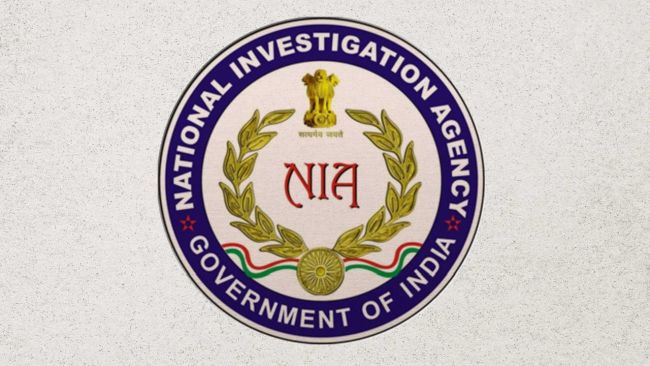By: Zahoor Ahmad Lone
Global warming is the long-term rise in Earth’s average surface temperature due to human activities, primarily the emission of greenhouse gases (GHGs). Over the past century, the planet has warmed significantly, with devastating effects on the climate, ecosystems, and human societies. The urgency to address global warming has never been greater, as its impacts are becoming increasingly visible and severe.
Causes of Global Warming
- Greenhouse Gas Emissions
The primary driver of global warming is the accumulation of greenhouse gases in the atmosphere, especially carbon dioxide (CO₂), methane (CH₄), and nitrous oxide (N₂O). These gases trap heat, causing the Earth’s temperature to rise. The burning of fossil fuels (coal, oil, and natural gas) for energy, transportation, and industry is the largest source of CO₂ emissions.
- Deforestation
Forests act as carbon sinks, absorbing CO₂ from the atmosphere. However, deforestation for agriculture, logging, and urban expansion reduces the planet’s ability to sequester carbon. When trees are cut down and burned or left to rot, the stored carbon is released into the atmosphere.
- Industrial Activities
Industrial processes contribute significantly to GHG emissions through the burning of fossil fuels and the release of pollutants. The production of cement, steel, and chemicals emits large amounts of CO₂ and other harmful gases.
- Agricultural Practices
Modern agriculture contributes to global warming through the release of methane from livestock digestion and rice paddies, and nitrous oxide from fertilizers. Intensive farming also leads to land degradation and loss of biodiversity.
Effects of Global Warming
- Rising Temperatures
Global average temperatures have risen by more than 1°C since the pre-industrial era. This seemingly small change has far-reaching consequences, including more frequent and intense heatwaves.
- Melting Ice and Rising Sea Levels
The polar ice caps and glaciers are melting at an accelerated rate, contributing to rising sea levels. Coastal cities and island nations are at risk of flooding, displacement, and loss of freshwater sources.
- Extreme Weather Events
Global warming increases the frequency and intensity of extreme weather events such as hurricanes, droughts, floods, and wildfires. These events cause loss of life, destroy infrastructure, and disrupt economies.
- Threats to Biodiversity
Rising temperatures and habitat loss are pushing many plant and animal species toward extinction. Ecosystems such as coral reefs are particularly vulnerable, with warming seas leading to coral bleaching and death.
- Human Health Risks
Global warming contributes to the spread of diseases, increases the frequency of heat-related illnesses, and worsens air quality. Vulnerable populations, especially in developing countries, are most at risk.
Solutions to Global Warming
- Transition to Renewable Energy
Replacing fossil fuels with renewable sources such as solar, wind, hydro, and geothermal energy is essential to reduce GHG emissions.
- Energy Efficiency
Improving the energy efficiency of buildings, vehicles, and appliances can significantly lower energy consumption and emissions.
- Reforestation and Afforestation
Planting trees and restoring degraded forests can enhance carbon sequestration, protect biodiversity, and improve water cycles.
- Sustainable Agriculture
Adopting climate-smart agricultural practices can reduce emissions, enhance food security, and support rural livelihoods.
- Policy and International Cooperation
Global warming requires coordinated action. Agreements like the Paris Climate Accord aim to limit warming to below 2°C. Governments must implement policies such as carbon pricing, subsidies for clean energy, and regulations on emissions.
- Individual Actions
Individuals can contribute by reducing energy use, recycling, using public transport, and supporting sustainable products. Education and awareness are key to driving collective action.
Conclusion
Global warming is not a distant threat—it is a present-day crisis affecting every corner of the globe. While the challenges are immense, the solutions are within reach. A united global effort, driven by innovation, policy, and individual responsibility, is essential to mitigate global warming and secure a livable future for generations to come.
Author is a teacher and can be mailed at zahoorlone1979@gmail.com







